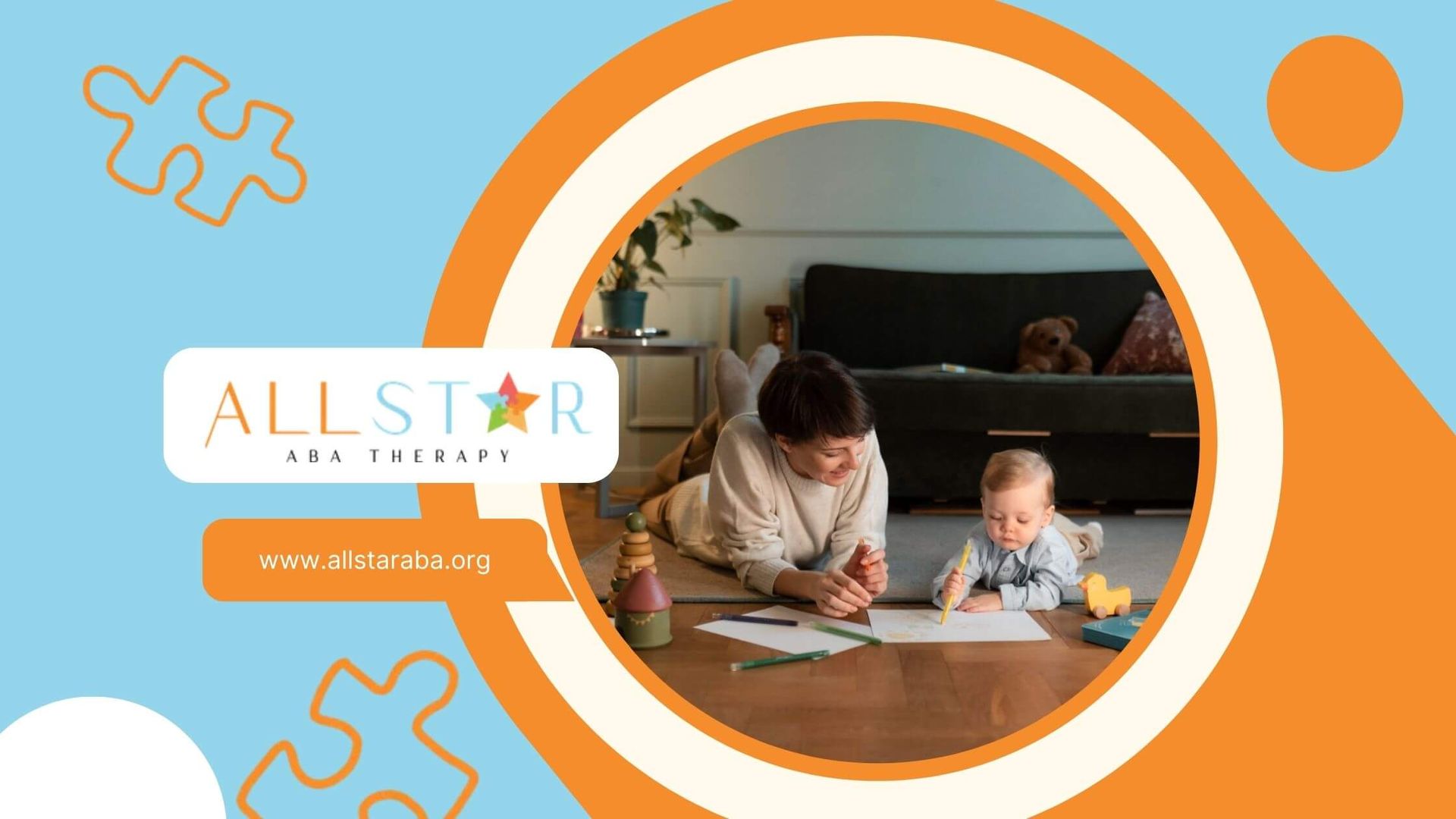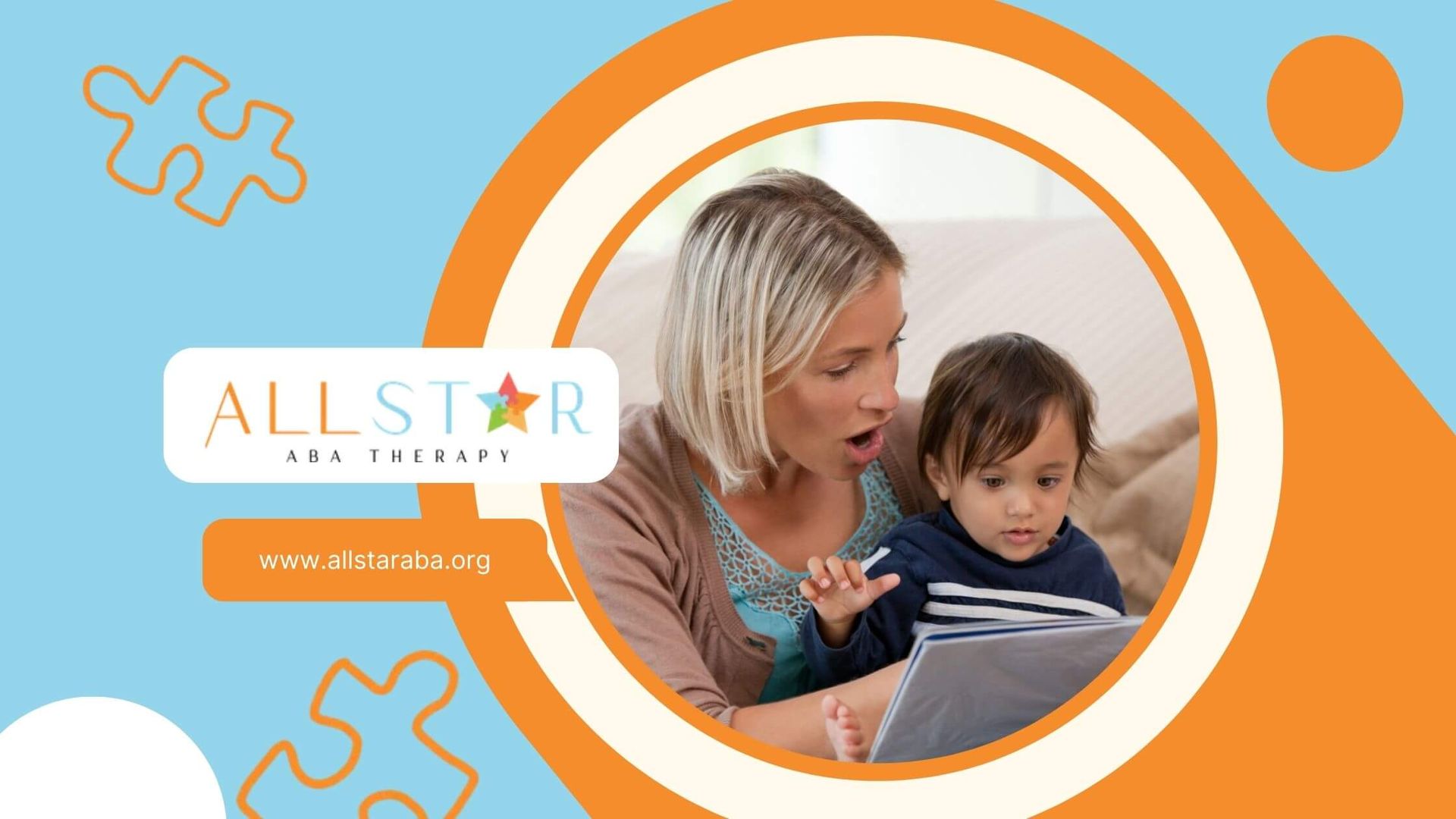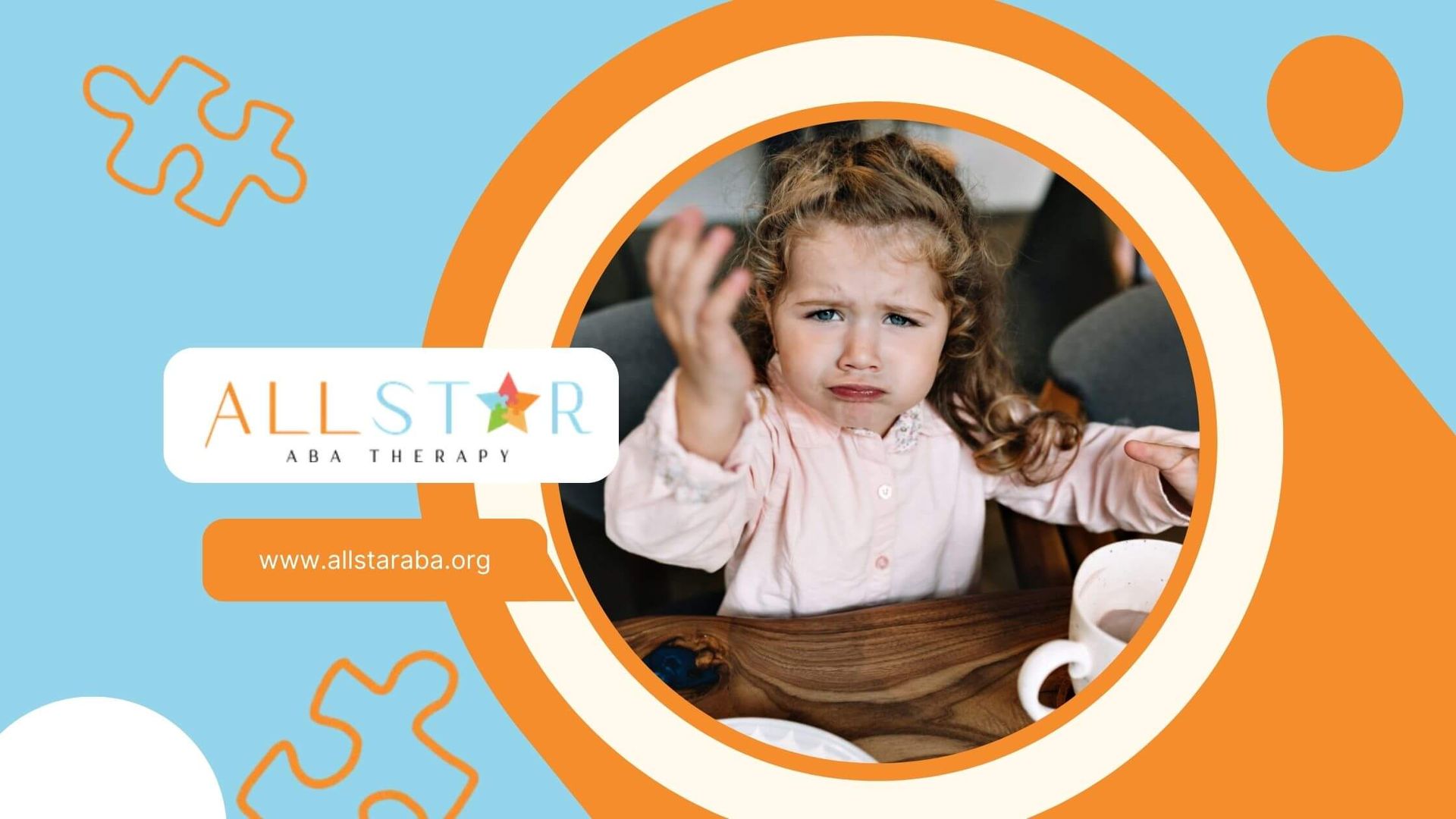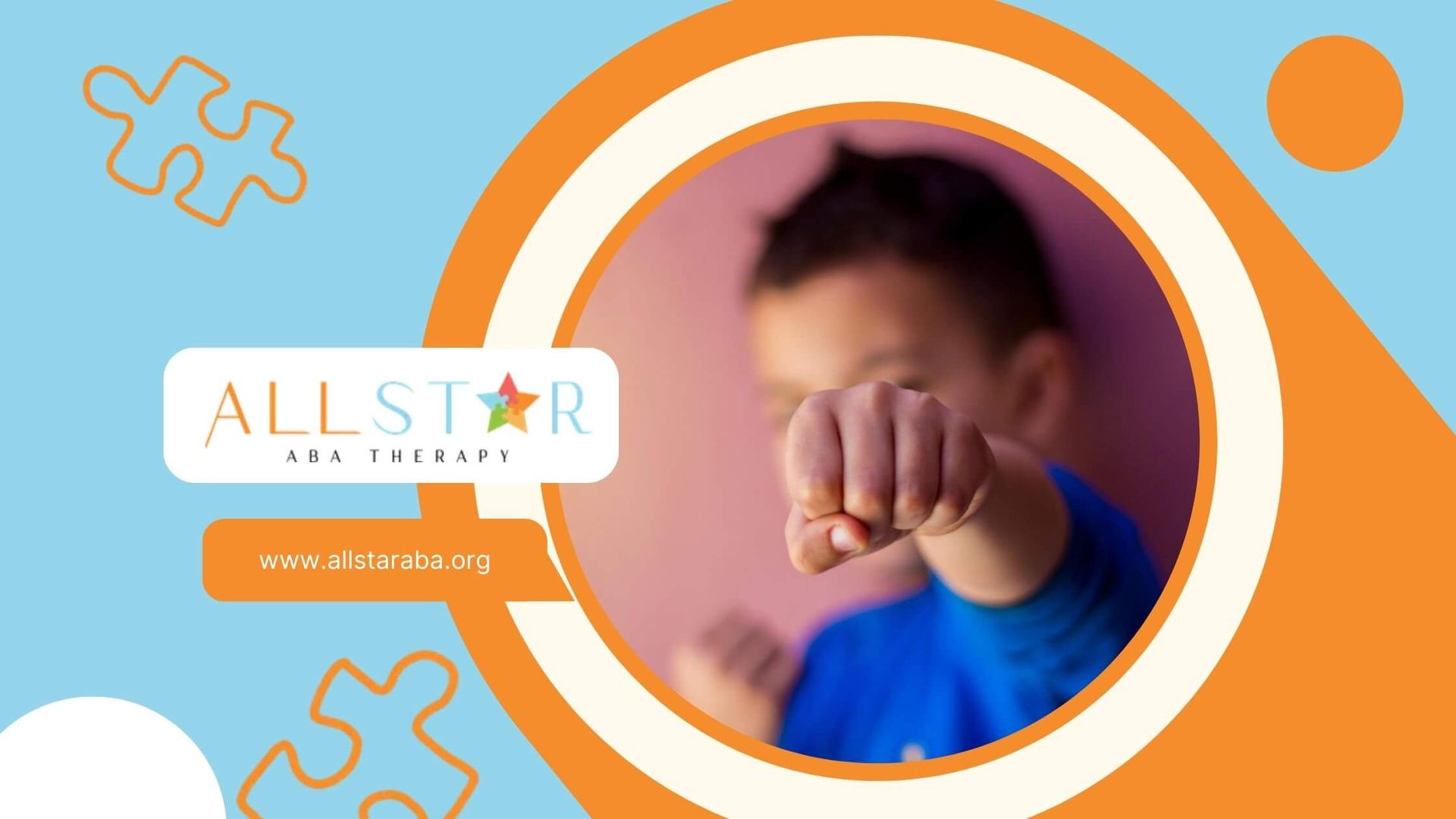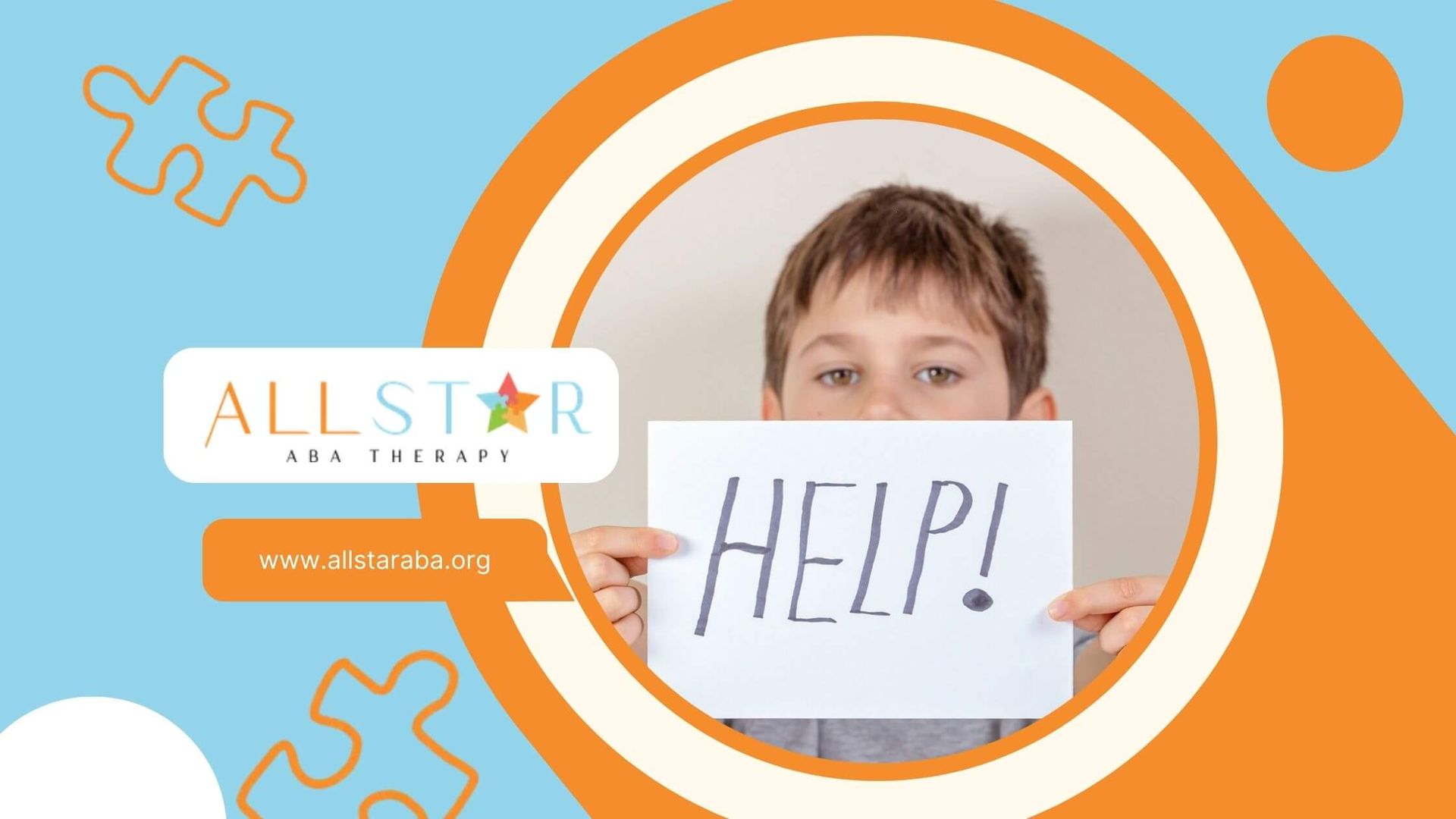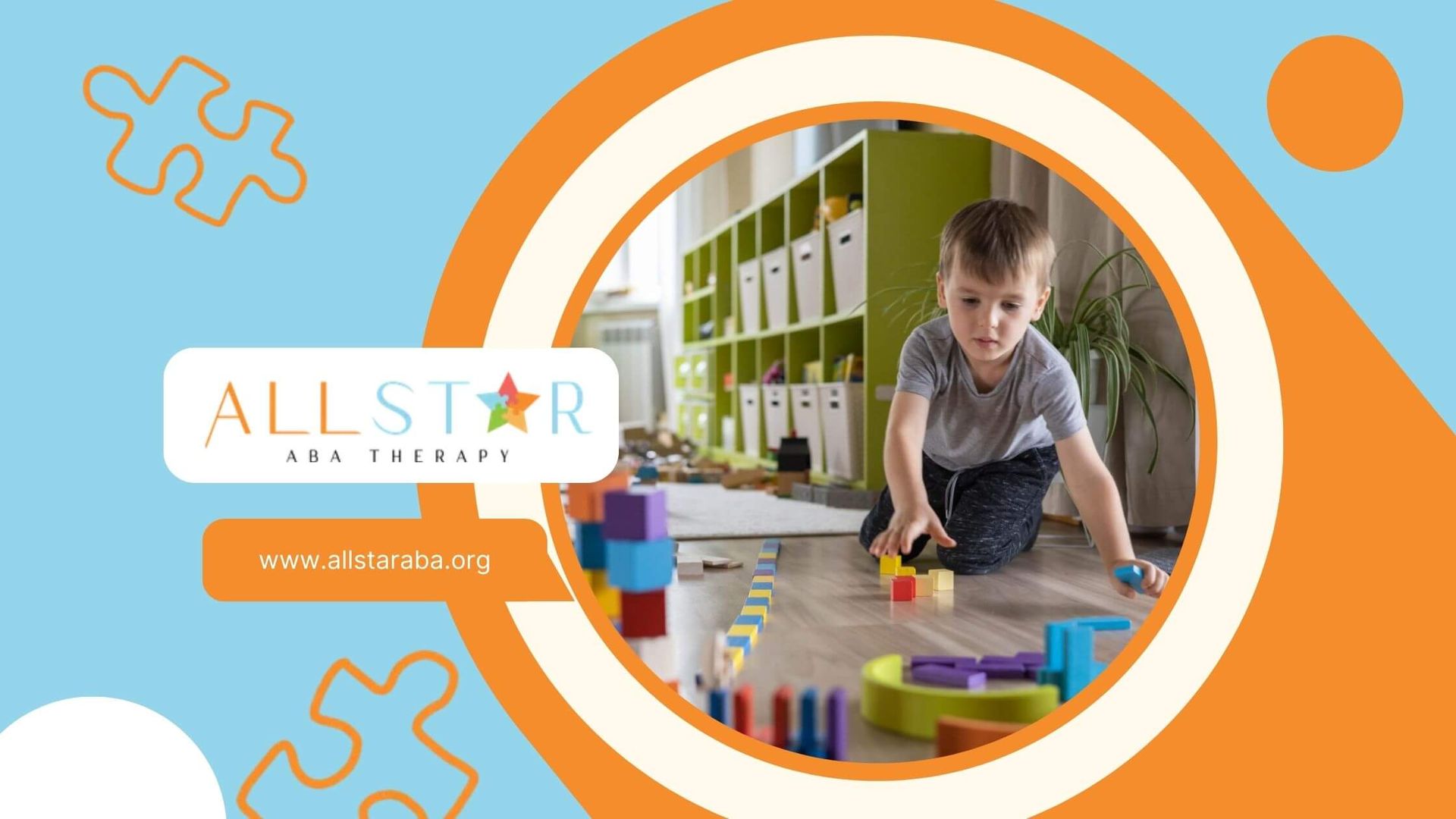New Paragraph
Navigating the Maze: Effective Home-Based ABA Therapy Scheduling Strategies
Understanding ABA Therapy
Applied Behavior Analysis (ABA) Therapy is a scientifically validated approach widely used in treating individuals with Autism Spectrum Disorder (ASD) and other developmental conditions. This section will outline the various methodologies within ABA therapy and highlight the specifics of ABA therapy services in Baltimore.
Types of ABA Therapy
ABA therapy encompasses a variety of techniques tailored to address specific behavioral needs. Common types include:
- Discrete Trial Training (DTT): A structured technique that breaks down skills into small, "discrete" steps.
- Early Intensive Behavioral Intervention (EIBI):
Geared towards young children and involves intensive training.
- Pivotal Response Training (PRT): Focuses on improving pivotal areas of a child's development.
- Verbal Behavior Intervention (VBI): Emphasizes teaching verbal skills.
Each method utilizes reinforcement strategies to encourage desirable behaviors and reduce those that are harmful or affect learning. For more information on the effectiveness of these methods in home settings, explore our insights on home-based ABA therapy effectiveness.
ABA Therapy in Baltimore
In Baltimore, Maryland, families and individuals have access to a range of ABA services, including both home-based and center-based options. Home-based ABA therapy in Baltimore is designed to provide a personalized environment that caters to the individual needs of a child with ASD. This at-home intervention allows for direct family involvement, which is crucial for the child's development and generalization of skills.
ABA providers in the Baltimore area offer comprehensive services that include initial assessments, personalized treatment planning, one-on-one therapy sessions, and continuous progress tracking. The goal is to create an optimal learning environment and to involve parents and caregivers in the therapeutic process, thereby reinforcing the strategies outside of scheduled sessions.
For those considering center-based options, Baltimore ABA centers provide a structured setting with a standardized curriculum (center-based ABA therapy curriculum). These centers often have the advantage of specialized resources and a controlled environment that can be beneficial for certain stages of ABA therapy. However, the choice between home-based and center-based therapy ultimately depends on the child's needs, family preferences, and specific circumstances. To compare the benefits of center-based therapy, visit our detailed article on center-based ABA therapy benefits.
By understanding the types of ABA therapy and the options available in Baltimore, parents and caregivers can make informed decisions about the best course of treatment for their child. Whether in the comfort of home or in a specialized center, ABA therapy aims to support individuals with ASD in reaching their full potential.
Home-Based ABA Therapy
Applied Behavior Analysis (ABA) therapy in the home setting is a personalized approach to assist individuals with Autism Spectrum Disorder (ASD) and other developmental disabilities in their natural environment.
Benefits of At-Home Intervention
At-home ABA therapy offers numerous advantages, such as a tailored setting that enhances comfort and convenience for the individual. The involvement of family members in the therapy process is a significant benefit, as it allows for better generalization of skills learned and provides opportunities for caregivers to reinforce these skills consistently. Additionally, the familiar home environment can be less intimidating than clinical settings, potentially leading to more meaningful progress.
Key Components of In-Home Sessions
In-home ABA therapy sessions are structured to include several key elements:
- Assessment and Personalized Treatment Plan: Therapists conduct thorough evaluations to develop individualized treatment plans that target specific skills and behaviors.
- Skill Acquisition: Using evidence-based techniques, therapists work on teaching new skills that are essential for daily living and social interaction.
- Behavior Reduction: Addressing challenging behaviors through strategic interventions is a critical part of therapy.
- Data Collection: Ongoing monitoring of progress through data analysis ensures that therapy goals are being met.
- Parent and Caregiver Training: Equipping caregivers with the knowledge to continue therapy strategies outside of scheduled sessions is vital for reinforcing learned behaviors.
These components are vital for home-based ABA therapy effectiveness and ensuring that individuals receive comprehensive care tailored to their unique needs.
Challenges and Solutions
While home-based ABA therapy offers many benefits, it also comes with its own set of challenges. Issues such as limited availability of therapists, scheduling conflicts, and maintaining privacy can arise. Distractions within the home and resistance from family members may also pose barriers to effective therapy.
To overcome these obstacles, families and therapists can work together to create a conducive therapy environment by:
- Securing a Dedicated Space: Allocating a specific area in the home for therapy sessions can help minimize distractions and maintain a professional atmosphere.
- Establishing Clear Boundaries: Setting boundaries for therapy times can help ensure that family life and therapy sessions do not disrupt each other.
- Flexible Scheduling: Working with therapists to set a schedule that accommodates both the family's and the child's routines can lead to better outcomes.
- Involving Caregivers: Encouraging parents or caregivers to be present during sessions allows them to learn and apply therapy techniques, fostering continuous skill development.
By addressing these challenges with strategic solutions, home-based ABA therapy can be an effective option for individuals with ASD. It provides a level of customization and flexibility that is often not available in center-based ABA therapy. For more information on setting up home-based ABA therapy in Baltimore, residents can explore home-based ABA therapy in Baltimore.
Center-Based ABA Therapy
For families navigating the complex world of Autism Spectrum Disorder (ASD) treatment options, understanding the advantages and structures of Center-Based ABA Therapy is essential. Center-Based ABA offers a distinct approach from home-based ABA therapy, with its own unique benefits and scheduling considerations.
Advantages of Clinical Settings
Clinical settings provide a controlled environment that is conducive to learning and development for children with ASD. One of the primary advantages of a clinical setting is the structured atmosphere it offers, which can be particularly beneficial for children who exhibit extreme behaviors, such as physical aggression or property destruction. The consistent environment found in centers can be challenging to replicate at home and can contribute significantly to the child's progress.
Moreover, clinic-based ABA therapy is suitable for families with packed schedules. It allows parents the flexibility to arrange therapy sessions outside of the home, providing accessibility for families who may not have the time to accommodate home-based aba therapy scheduling. This can be particularly advantageous for working parents or those with other commitments that limit their availability during traditional therapy hours.
Structured Sessions in Centers
Sessions in clinical settings are meticulously structured to maximize the child's learning potential. The therapy usually involves a combination of one-on-one and group sessions, which help children develop social skills in a controlled setting.
ABA therapy sessions typically last between 1 to 3 hours and are scheduled several times a week to ensure consistent progress. The number of weekly sessions can vary widely, from 10 to 40 hours, depending on the child's age and individual needs.
| Age | Session Length | Sessions per Week |
|---|---|---|
| Younger Children | 1-2 hours | 10-20 hours |
| Older Children | 2-3 hours | 20-40 hours |
Parents are encouraged to maintain a consistent schedule for ABA therapy sessions as regularity is crucial for the child's progress. Interruptions such as vacations or disruptions can impact the therapy's effectiveness. Communication between parents and therapists is also key; any changes in the child's routine or newly developed skills or behaviors observed outside of sessions should be shared with therapists. This ongoing dialogue ensures that therapy is tailored to the child's evolving needs and maximizes the benefits of center-based ABA therapy.
Center-based ABA therapy's structured environment, coupled with the therapists' expertise, fosters a learning atmosphere that can be integral to a child's development. By understanding the advantages and structure of sessions in clinical settings, parents can make informed decisions about the best course of action for their child's therapy, whether it be home-based, center-based, or a combination of both. For more information on the curriculum and activities involved in these sessions, parents can explore center-based ABA therapy curriculum.
Comparing Home-Based and Center-Based
The decision between home-based and center-based Applied Behavior Analysis (ABA) therapy can significantly impact the therapy's effectiveness and the child's progress. Both settings offer unique advantages that cater to the different needs and preferences of families in Baltimore, Maryland.
Personalized vs. Structured Environments
Home-based ABA therapy is renowned for its personalized approach, capitalizing on the comfort and familiarity of the child's own environment. It offers a tailored setting where interventions can be directly applied to daily routines and real-life situations. This facilitates the generalization of skills, making it easier for children to apply what they learn in therapy to their everyday lives.
Conversely, center-based ABA therapy provides a more structured environment that can be beneficial for children who thrive under consistent conditions. Such settings are designed to minimize distractions and may be better suited for children with extreme behaviors that require a controlled setting for effective management.
Family Involvement and Training
Involving family members in ABA therapy can be a crucial factor for success. Home-based therapy allows for maximum parental involvement, enabling caregivers to observe and participate in therapy sessions, which can lead to better reinforcement of learned behaviors. This hands-on approach can empower parents with strategies and tools to support their child's development.
Center-based therapy also offers opportunities for family training and involvement, although it may not provide the same level of immersion as home-based therapy. Parents may be able to observe sessions and receive training during designated times, but this may not match the convenience and continuity offered by in-home sessions.
Scheduling and Flexibility
Scheduling is a crucial aspect of ABA therapy, and home-based programs excel in offering flexibility. Sessions can be arranged at times that align with both the family's and the child's schedules, potentially leading to better outcomes due to increased comfort and minimized disruptions. This adaptability is especially beneficial for children with significant medical issues or behavioral concerns that make travel challenging.
While center-based programs may offer less flexibility regarding scheduling within the home, they can be more accessible for families with packed schedules. The ability to attend therapy outside the home environment can be convenient for families who may not be available for home-based sessions.
Both home-based and center-based ABA therapy settings have their merits, and the choice often depends on individual circumstances, preferences, and the specific needs of the child. Understanding these differences can help families in Baltimore make informed decisions about their child's therapy. For more information on home-based scheduling strategies, readers may explore the topic of home-based ABA therapy scheduling. For those considering a clinic setting, details on the center-based ABA therapy benefits and center-based ABA therapy curriculum are also available.
Effective Scheduling for Home-Based Therapy
Creating an effective schedule for home-based ABA (Applied Behavior Analysis) therapy is crucial for maximizing therapeutic benefits. It involves careful consideration of the recommended weekly hours, establishing a consistent routine, and adapting to the child’s natural rhythms, all of which are vital for a successful intervention.
Determining Weekly Hours
When designing a home-based ABA therapy schedule, the first step is to determine the number of weekly hours. This decision is typically guided by a Board Certified Behavior Analyst (BCBA) and depends on the child's individual needs and therapy goals. Sessions can range from 10 to 40 hours per week, with flexibility to adjust as the child progresses.
The table below represents a generalized framework of weekly hours based on varying needs:
| Child's Needs | Suggested Weekly Hours |
|---|---|
| Mild | 10 - 15 hours |
| Moderate | 15 - 25 hours |
| Intensive | 25 - 40 hours |
These are indicative numbers and may differ based on individual assessments. For more insights on the effectiveness of home-based therapy, read about home-based ABA therapy effectiveness.
Creating a Consistent Routine
Consistency is key in ABA therapy. Establishing a routine aids in setting clear expectations for the child, which can enhance their learning and comfort with the process. Typically, therapy sessions last between 1 to 3 hours and are scheduled multiple times a week to encourage regular progress. It is important that these sessions are slotted at times when the child is usually attentive and receptive.
Creating a visual schedule can be beneficial for both the child and family members, as it provides a predictable structure and helps in managing other household activities around therapy times.
Adapting to the Child's Natural Rhythms
Each child has unique daily rhythms and peak times for learning and engagement. Scheduling therapy sessions in alignment with these rhythms can result in more productive sessions. For example, if a child is more alert and focused in the morning, scheduling sessions during this time would be advantageous.
Adaptation may also involve flexibility to accommodate unexpected changes in the child's mood or energy levels. Being responsive to these variations can help maintain the child’s motivation and participation in therapy sessions. Understanding and respecting the child's natural rhythms is a critical component in tailoring home-based ABA therapy to individual needs. For information on therapy options within Baltimore, explore home-based ABA therapy in Baltimore.
When scheduling home-based ABA therapy, it's important to ensure that the sessions are not only consistent but also adaptable to the child's rhythms and family dynamics. Striking this balance can enhance the therapy's effectiveness and contribute positively to the child's developmental journey.
Collaborating for Success
Successful home-based ABA therapy relies on a strong collaborative relationship between parents, therapists, and the child. By working together, the therapy can be tailored to the individual needs of the child, ensuring that progress is made and the family's lifestyle is accommodated.
Parent-Therapist Partnership
A solid parent-therapist partnership is essential for the success of home-based ABA therapy. Parents are encouraged to participate in sessions and learn the strategies used by the therapy team. This collaboration allows for skill generalization and carryover into daily routines, which is crucial for the child's development. The Board Certified Behavior Analyst (BCBA) supervises the home-based sessions, providing guidance and making modifications as needed for effective implementation. Parents should feel empowered to communicate openly with the BCBA to ensure that the therapy aligns with the child's goals and the family's dynamics.
For more insights on the effectiveness of this partnership, explore our article on home-based ABA therapy effectiveness.
Customizing Therapy to Individual Needs
Customizing therapy to the child's individual needs is a key aspect of home-based ABA therapy. Parents and therapists should work closely together to create a tailored schedule that fits not only the child's therapeutic goals but also the family's lifestyle. This personalization is what makes home-based therapy advantageous, as it allows for therapy to occur within the natural environment where the child is most comfortable. To create an effective schedule, the BCBA and parents will consider factors such as the child's attention span, peak learning times, and other family commitments.
Data-Driven Progress Monitoring
Data collection and analysis are critical components of home-based ABA therapy. This scientific approach enables the therapy team to track progress, identify areas for improvement, and make informed decisions about the child's treatment plan. The BCBA and therapy team regularly review collected data to ensure that the child is advancing towards their established goals. Through this data-driven approach, adjustments can be made promptly to optimize the child's learning experience.
| Therapy Session | Goals Met | Adjustments Made |
|---|---|---|
| Session 1 | 75% | Increased prompts |
| Session 2 | 80% | Introduced new reinforcers |
| Session 3 | 90% | Maintained strategy |
This table is a simplified example of how data might be tracked and analyzed during home-based ABA therapy sessions. For a deeper understanding of data-driven progress monitoring, consider reading about home-based ABA therapy in Baltimore.
Collaboration, customization, and data-driven strategies are the cornerstones of successful home-based ABA therapy. By embracing these principles, parents, and therapists can work together to create a nurturing and effective therapeutic environment that fosters growth and development for children with ASD and related conditions.
Overcoming Barriers in Scheduling
For families and therapists engaging in home-based ABA therapy in Baltimore, creating a workable schedule is pivotal for the success of the intervention. However, there are several barriers that can arise in the process. Addressing these barriers requires thoughtful planning and coordination to ensure that the therapy provided is both effective and consistent.
Addressing Availability and Conflicts
One major barrier to scheduling home-based ABA therapy is the limited availability of qualified ABA therapists. With a high demand for services, families may find themselves competing for time slots. Moreover, scheduling conflicts between the family's personal commitments, the child's school schedule, work obligations, and the availability of other service providers must be considered.
To address these issues, families and therapists can:
- Prioritize therapy sessions by planning them well in advance.
- Be flexible and open to rescheduling when conflicts arise.
- Coordinate with all service providers to create a comprehensive schedule that considers the child's entire routine.
It may be helpful to use scheduling software or shared calendars to keep track of appointments and changes in real-time.
Ensuring Environmental Suitability
Creating a conducive environment for ABA therapy at home is critical. Distractions, lack of a designated space, and resistance from family members can all pose significant challenges to providing effective therapy. To ensure environmental suitability, families may need to make adaptations to their living space.
Suggestions for creating a suitable therapy environment include:
- Designating a specific area in the home that is quiet, private, and free from distractions.
- Informing family members about the importance of maintaining boundaries during therapy sessions.
- Establishing clear rules about the therapy space and session times.
By making these adjustments, families can help create an environment that is conducive to learning and development.
Managing Disruptions and Transitions
Disruptions and transitions can significantly impact the effectiveness of home-based ABA therapy sessions. Changes in routine or unexpected events can be especially challenging for children with autism. To manage these disruptions, practitioners and families must work together to create strategies that accommodate the child's need for structure and predictability.
Strategies might include:
- Establishing clear routines around therapy sessions to prepare the child for transitions.
- Utilizing visual schedules or timers to signal the start and end of therapy time.
- Having contingency plans in place for unexpected disruptions, such as having backup activities or quiet spaces ready.
Continuous monitoring and data-driven adjustments can also play a role in managing disruptions. By tracking the frequency and intensity of challenging behaviors, practitioners can better structure and schedule sessions to meet the individual's needs.
With All Star ABA. Whether you’re balancing busy schedules at home or seeking the consistency of a structured center-based program, our team is here to provide flexible, personalized ABA therapy in Maryland and Virginia. We work hand-in-hand with families to overcome scheduling challenges and ensure every child receives the support they need to thrive.
Explore the best therapy option for your child. Contact us today!
Conclusion
Navigating the complexities of scheduling for home-based ABA therapy requires patience, flexibility, and collaboration. By addressing availability conflicts, ensuring a suitable environment, and managing disruptions, families and therapists can create a solid foundation for effective therapy. As an alternative, center-based ABA therapy benefits and curriculum also offer structured environments for those who may face significant barriers to home-based scheduling.
Frequently Asked Questions
How do families manage scheduling for home-based ABA therapy?
Home-based ABA therapy requires collaboration between families and therapists to align schedules. Flexibility is key, and many providers, including All Star ABA, work with families to create consistent routines that fit into daily life.
What are the benefits of center-based ABA therapy for children with autism?
Center-based therapy offers a structured environment with fewer distractions, access to specialized resources, and opportunities for peer socialization. This setting is especially helpful for families who face challenges with home-based scheduling.
Is ABA therapy covered by insurance in Maryland and Virginia?
Yes, most insurance providers in Maryland and Virginia cover ABA therapy. All Star ABA assists families with verifying coverage and navigating the approval process to ensure timely access to services.
SOURCES:
https://www.goldenstepsaba.com/resources/what-is-in-home-aba-therapy
https://thehelmaba.com/2018/08/22/in-home-vs-clinic-based-aba/
https://www.sbsaba.com/the-complete-guide-to-in-home-aba-therapy/
https://gratefulcareaba.com/aba-blog/prepare-your-child-for-aba-therapy-at-home.html
Need Support?
We're Here to Help!
Our experienced team is ready to assist you. Reach out today to discuss how we can support your child's development and well-being.
Get started with expert ABA therapy today.



